Troubleshooting Catnip Problems – Reasons For Catnip Plants Not Thriving
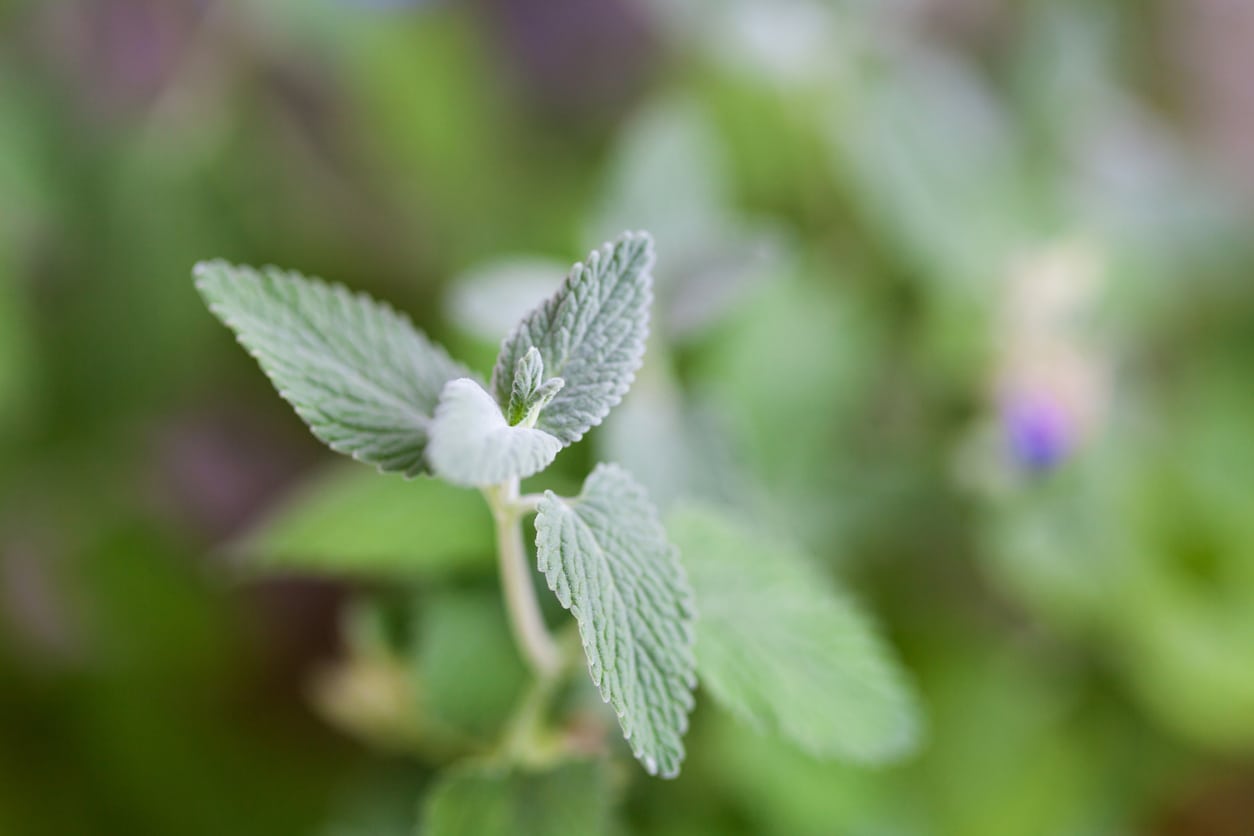

Catnip is a hardy herb, and catnip problems are usually fairly easy to figure out. If you’re dealing with catnip issues, read on and we’ll troubleshoot a few of the most common problems with catnip plants.
Problems with Catnip
Here are some of more common catnip problems and how to solve them: Cats – Most cats love catnip and they are frequently to blame for catnip plants not thriving. If this is the case, you can cat-proof the plant by surrounding it with wire fencing. Be sure the holes are small enough that kitty can’t reach through and grab the leaves. An old birdcage makes a decorative enclosure for a catnip plant. Insects – Catnip may be affected by pests such as aphids, spider mites, thrips, whiteflies, or flea beetles. The best way to prevent pests is to water and fertilize properly (don’t overdo either one). Insecticidal soap spray is effective against most pests, although you may have to spray several times to get the upper hand. Blight – Cercospora leaf blight is a common fungal disease. Symptoms include small flecks surrounded by yellow halos. The flecks eventually enlarge and turn brown as the plant eventually withers and dies. Remove badly infected plants. Keep the area clean and be sure to dispose of plant debris. Bacterial leaf spot – Bacterial leaf spot is most common in cooler temperatures. Look for small, water-soaked spots with wide, yellow halos. Eventually, the spots enlarge and turn black. There is no cure for bacterial leaf spot, but you may be able to prevent the disease from occurring. Don’t work the soil when it’s muddy. Remove badly infected plants. Avoid overhead watering. Keep weeds in check. Root rot – Root rot causes roots to become brown and slimy, often with a rotten odor. The plant weakens and the stem softens. To prevent root rot, be sure to plant catnip in well-drained soil. Water properly and avoid soggy conditions. Root rot is nearly always fatal. Septoria leaf spot – Septoria leaf spot often occurs during rainy weather, often when air circulation is limited by plant overcrowding. Septoria leaf spot symptoms include round spots with gray centers and dark edges, often with fungi spores in the center of the spots. The disease affects older, lower leaves first. Destroy infected plants and remove weeds in the area.
Gardening tips, videos, info and more delivered right to your inbox!
Sign up for the Gardening Know How newsletter today and receive a free copy of our e-book "How to Grow Delicious Tomatoes".

A Credentialed Garden Writer, Mary H. Dyer was with Gardening Know How in the very beginning, publishing articles as early as 2007.
-
 Terrifically Tubular Flowers For Hummingbirds: 9 Tube-Flowered Plants To Attract Hummers
Terrifically Tubular Flowers For Hummingbirds: 9 Tube-Flowered Plants To Attract HummersGrowing tubular flowers for hummingbirds helps you create the optimum feeding conditions for your winged friends. Here are nine tubed delights for hummers
By Tonya Barnett
-
 How To Grow Hydroponic Tomatoes For Fresh Indoor Harvests – No Soil Required
How To Grow Hydroponic Tomatoes For Fresh Indoor Harvests – No Soil RequiredLearning how to grow tomatoes in water is easy and allows you to harvest fresh-home-grown produce in every season without any mess.
By Ellen Wells
-
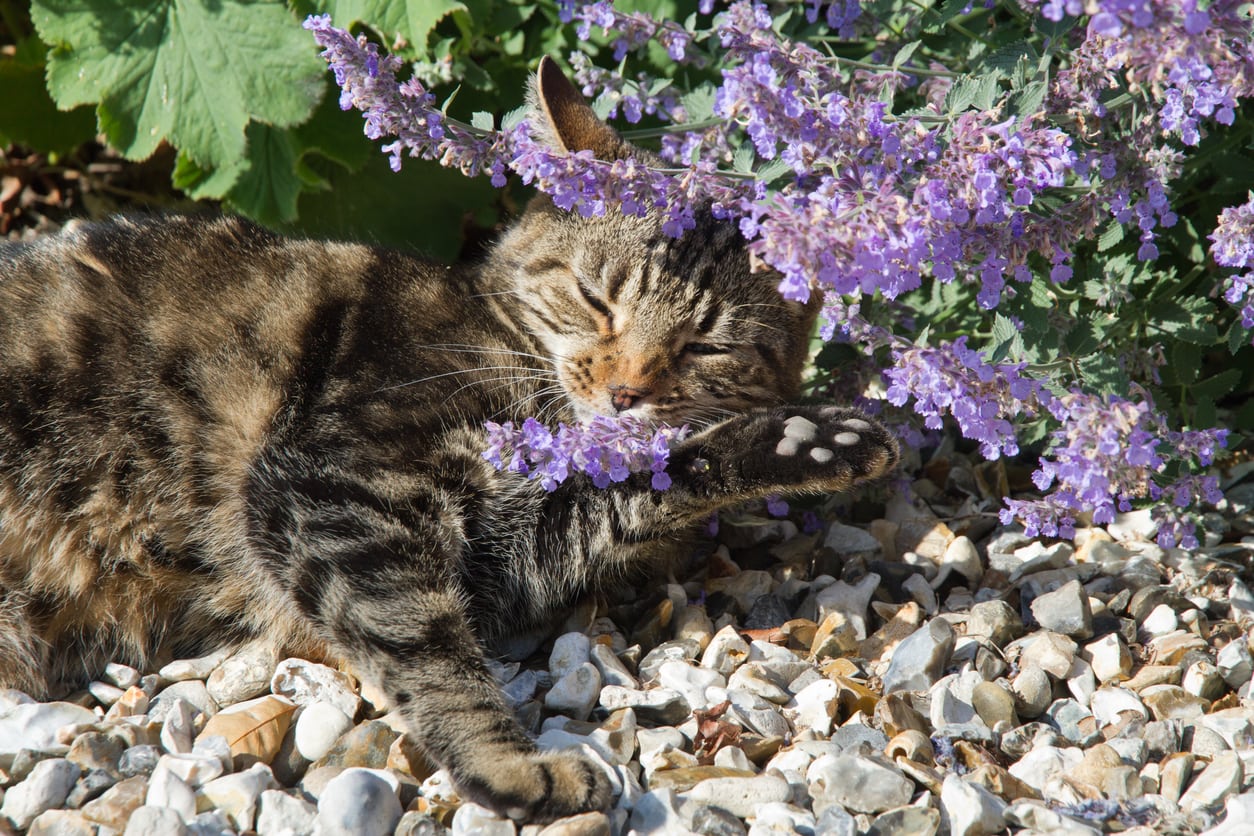 Catnip Winter Care – Is Catnip Winter Hardy
Catnip Winter Care – Is Catnip Winter HardyEven if you don’t have cats, catnip is a perennial herb that is easy to grow and attracts bees and other pollinators. You can even make a tasty and stomach-soothing tea from it. Depending on where you live, winter can be a little harsh on your catnip, so learn how to protect it here.
By Mary Ellen Ellis
-
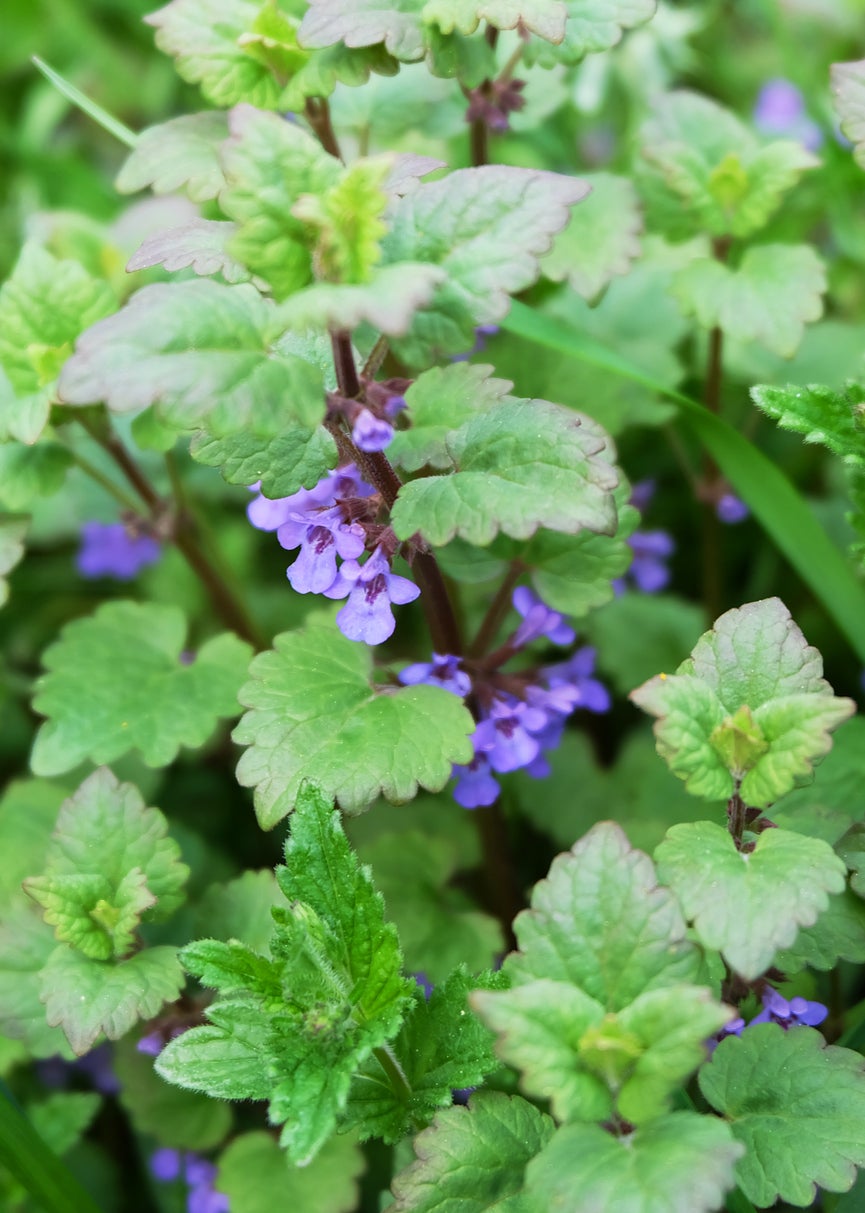 Cutting Back Catnip: Should I Prune Catnip Plants
Cutting Back Catnip: Should I Prune Catnip PlantsCatnip is a no-fuss, easy-to-grow member of the mint family that requires little maintenance. What about pruning catnip plants though? Is cutting back catnip necessary? Click here to find out about pruning catnip plants and, if need be, how to prune catnip.
By Amy Grant
-
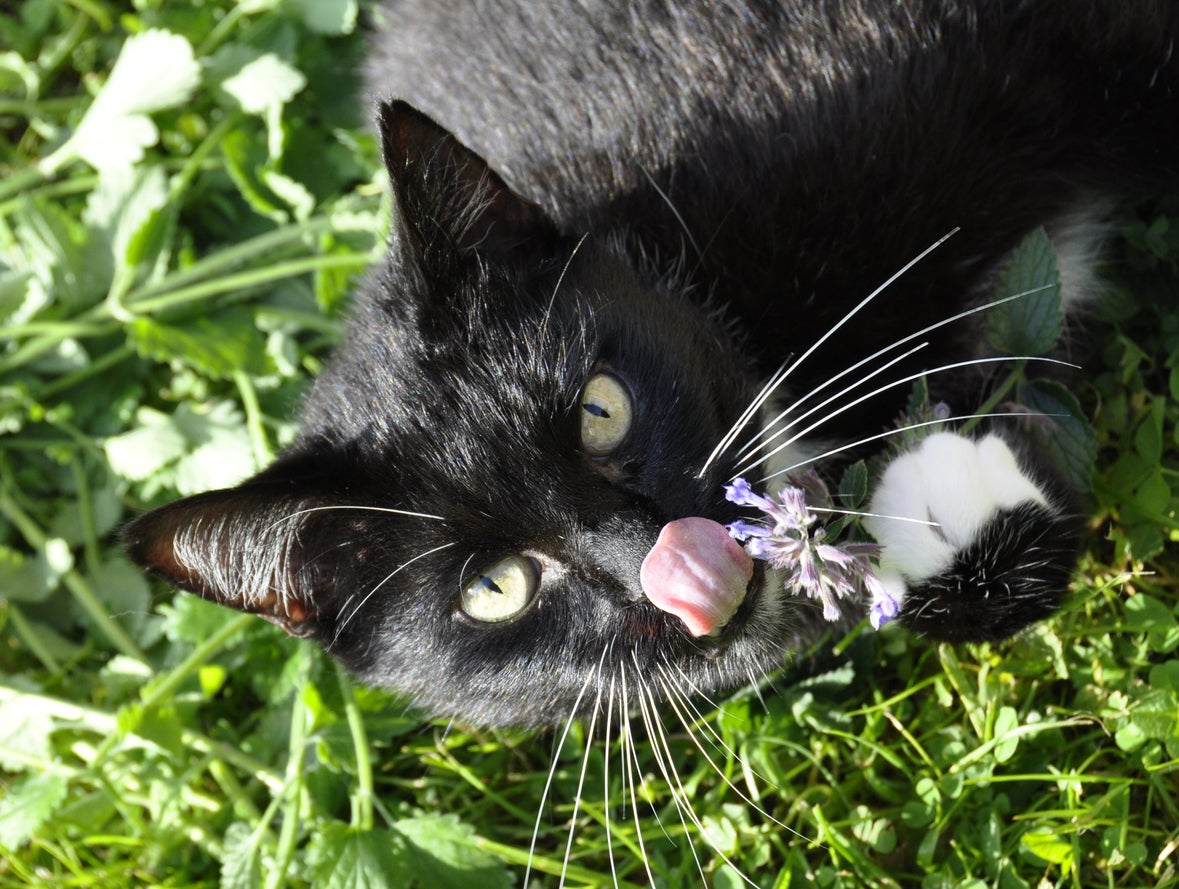 Planting Catnip For Cats: How To Grow Catnip For Cat Use
Planting Catnip For Cats: How To Grow Catnip For Cat UseIf you have cats, then you are more than likely to have given them catnip or have toys for them that contain catnip. As much as your cat appreciates this, he/she would love you even more if you provided them with fresh catnip. Learn about planting catnip for cats here.
By Amy Grant
-
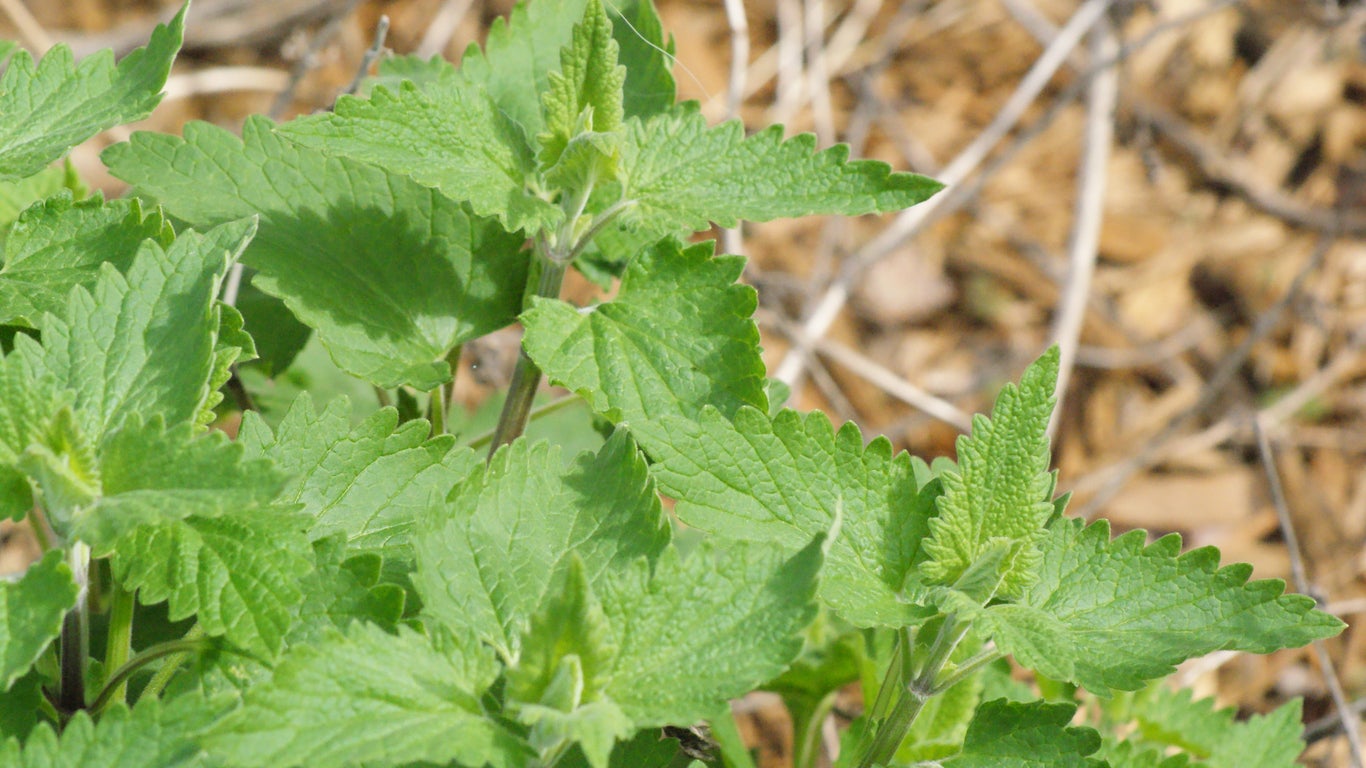 Treating Catnip Diseases – How To Manage Problems With Catnip
Treating Catnip Diseases – How To Manage Problems With CatnipThere are few issues that will seriously affect the plant's health. They take quite a lot of abuse from overly interested neighborhood felines. However, if your plant looks sick, fungal issues are probably the most common diseases of catnip. Learn more here.
By Bonnie L. Grant
-
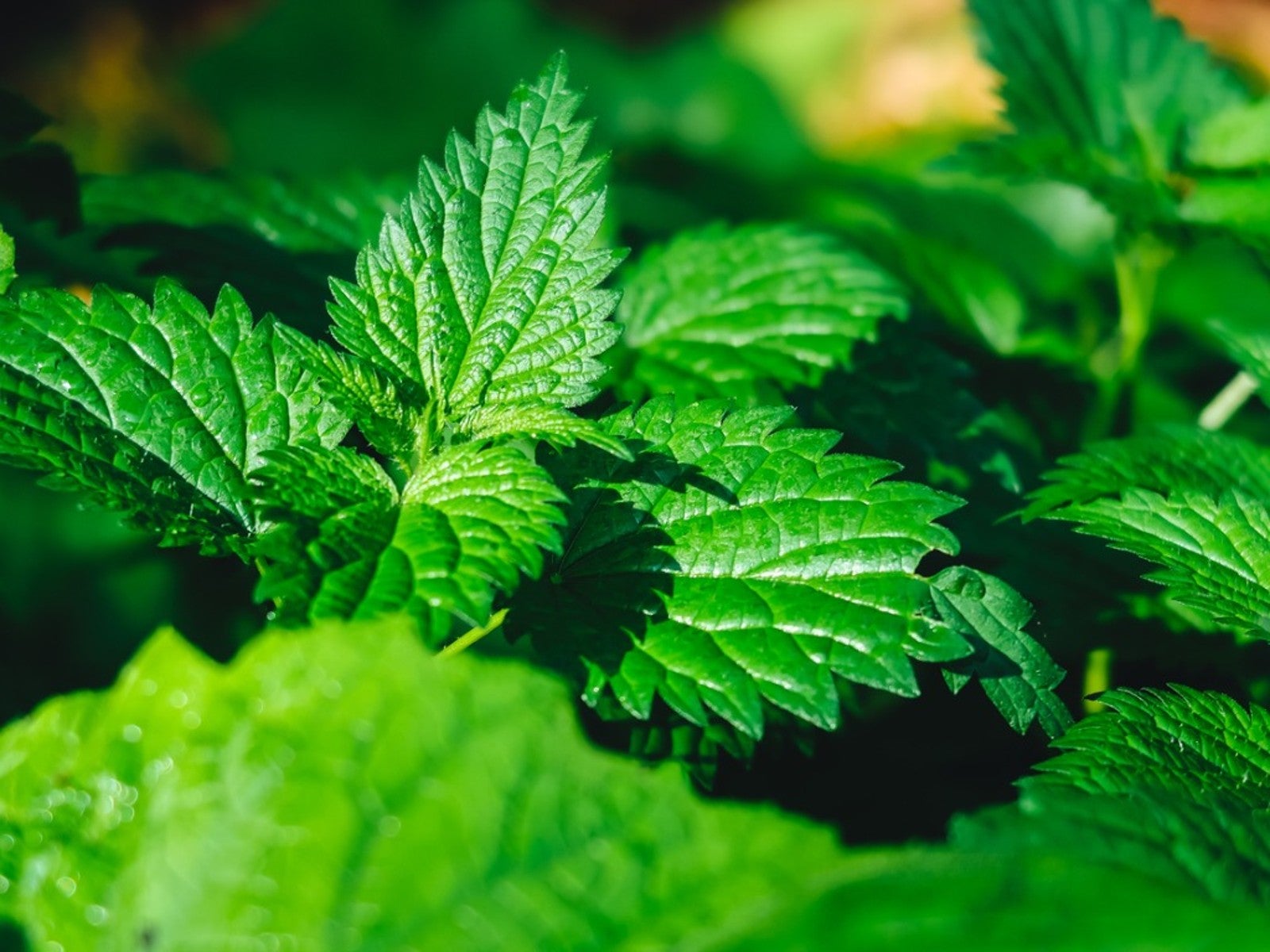 Catnip Propagation Methods – Tips For Growing New Catnip Herb Plants
Catnip Propagation Methods – Tips For Growing New Catnip Herb PlantsDoes kitty love her catnip toys? Well then, perhaps you should grow your own catnip herb plants. Don’t know how to propagate catnip? Growing new catnip plants is easy. Click on the following article to find out about catnip propagation.
By Amy Grant
-
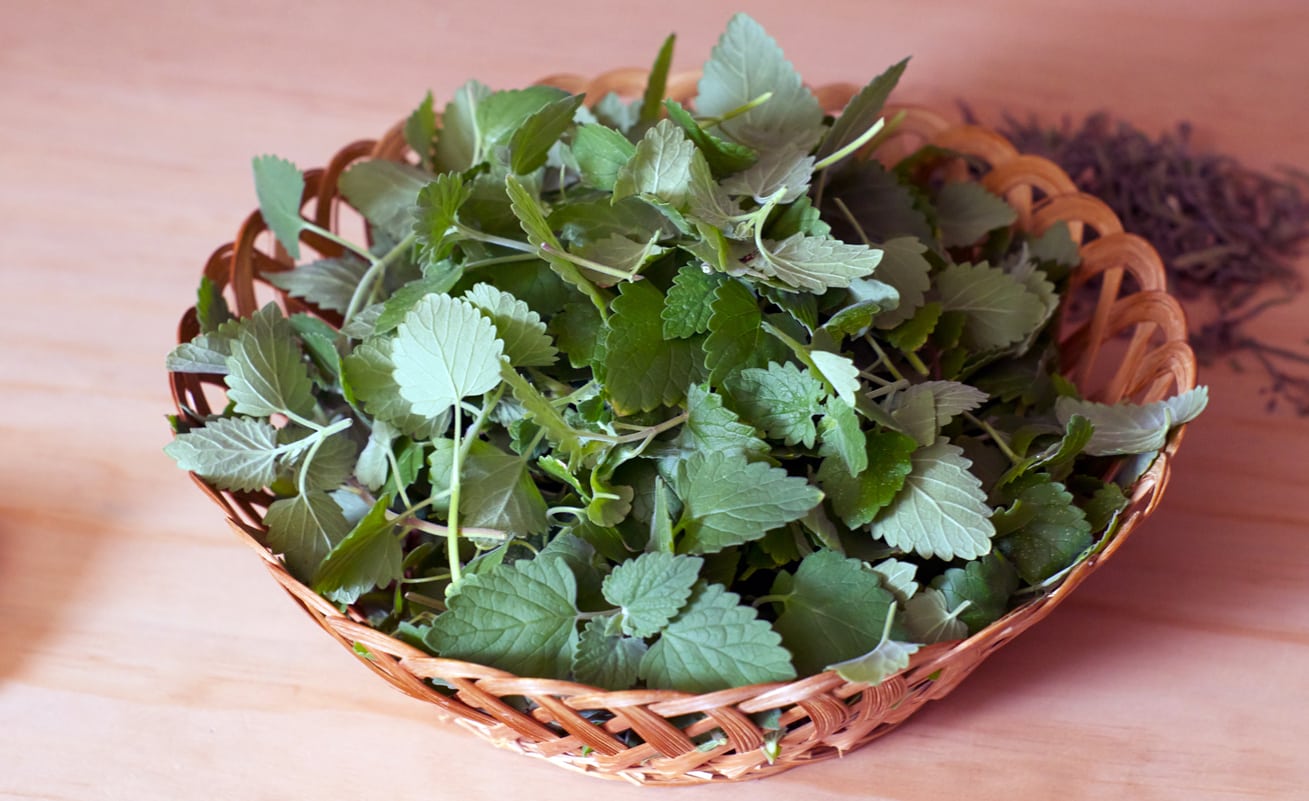 What Is Catnip For: Learn About Various Uses For Catnip
What Is Catnip For: Learn About Various Uses For CatnipThe name says it all, or almost all. Catnip is a common herb that you can cultivate in the garden but that also grows wild. Knowing how to use catnip means you can put this plentiful herb to good use for both you and your feline friends. Learn more in this article.
By Mary Ellen Ellis
-
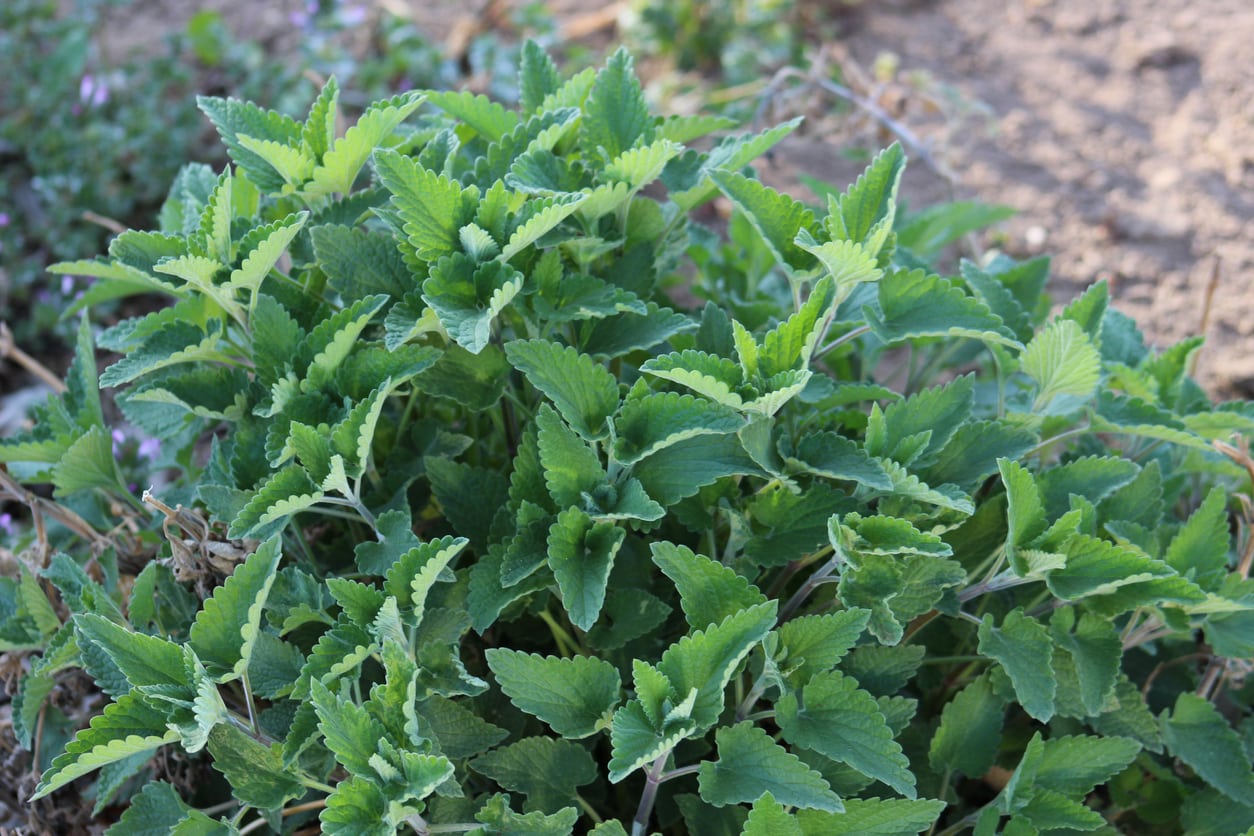 Catnip Plant Varieties: Growing Different Species Of Nepeta
Catnip Plant Varieties: Growing Different Species Of NepetaCatnip is a member of the mint family. There are several types of catnip, each easy to grow, vigorous and attractive. Learn more about the various types of catnip plants that you can add to your garden here in this article.
By Bonnie L. Grant
-
 Dogs And Catnip – Is Catnip Bad For Dogs
Dogs And Catnip – Is Catnip Bad For DogsCats and dogs are opposite in so many ways that it is no surprise that they react differently to catnip. While cats delight in the herb, rolling in it and becoming almost giddy, dogs do not. So is catnip bad for dogs? Can dogs eat catnip? Find out in this article.
By Teo Spengler